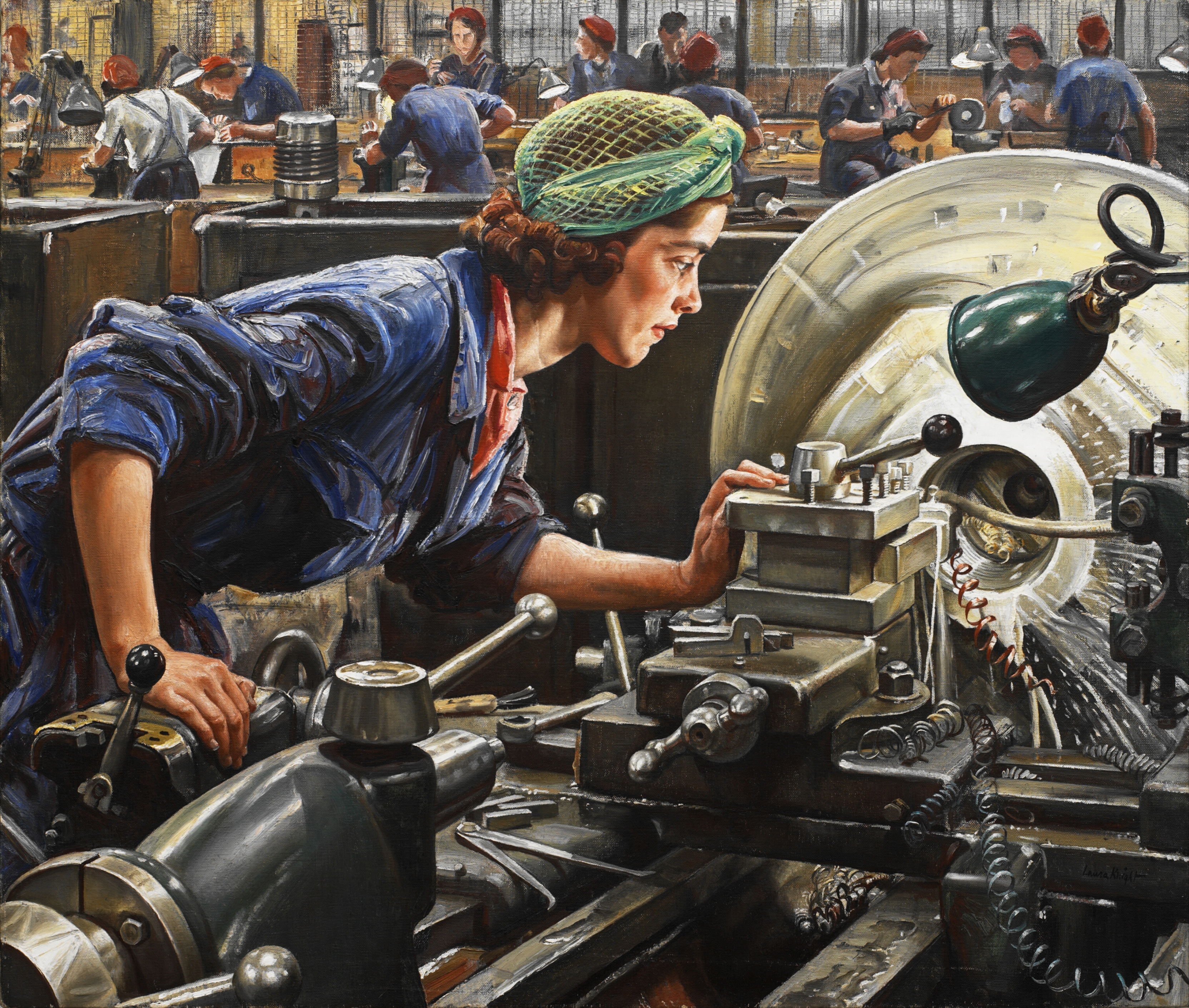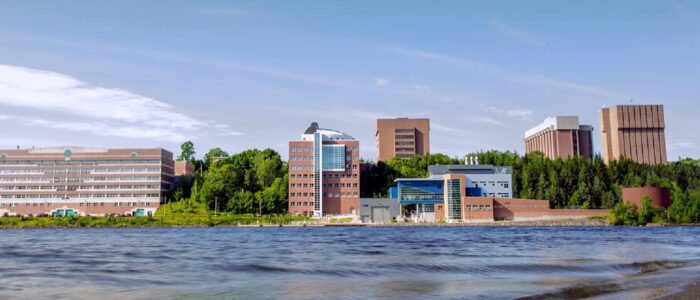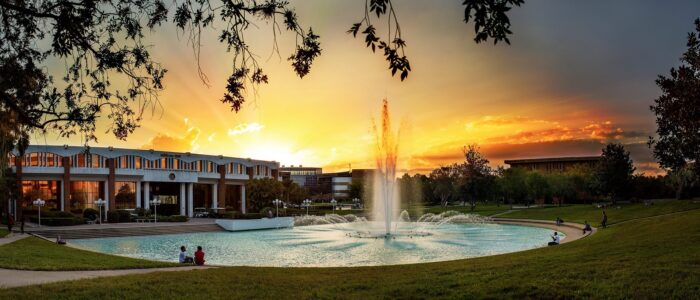The control of hazardous energy is regulated under the United States Department of Labor Occupational Safety and Health Administration’ (OSHA) control of hazardous energy standard linked below:
Control of Hazardous Energy Lockout/Tagout OSHA 3120 / 2002 (Revised)
The purpose of OSHA 3120 is to protect workers from the dangers of hazardous energy. OSHA has released a request for information regarding two areas where modernizing the Lockout/Tagout standard might better promote worker safety without additional burdens to employers: control circuit type devices and robotics. The Federal Register announcement is linked below:
DEPARTMENT OF LABOR 29 CFR Part 1910 [Docket No. OSHA–2016–0013] RIN 1218–AD00
Comments are due August 19, 2019. The Federal Register announcement specifies several ways to submit responses. All submissions must bear a postmark or provide other evidence of the submission date.
We find that there are enough safety/conformity/compliance functionaries in the education facilities industry to discover leading practice in this space so we do not lean too heavily into this type of regulation; though the expansion into robotics is noteworthy.
We are happy to walk through specifics of the proposal with respect to our goal of lowering #TotalCostofOwnership in education and university-affiliated healthcare facilities any day at 11 AM Eastern time. We also host of periodic Risk teleconferences in which many OSHA safety requirements on the standing agenda. See our CALENDAR for the next online meeting; open to everyone.
Issue: [19-145]
Category: Facility Asset Management, Risk Management
Colleagues: Mike Anthony, Richard Robben, Markus Schaufele



















